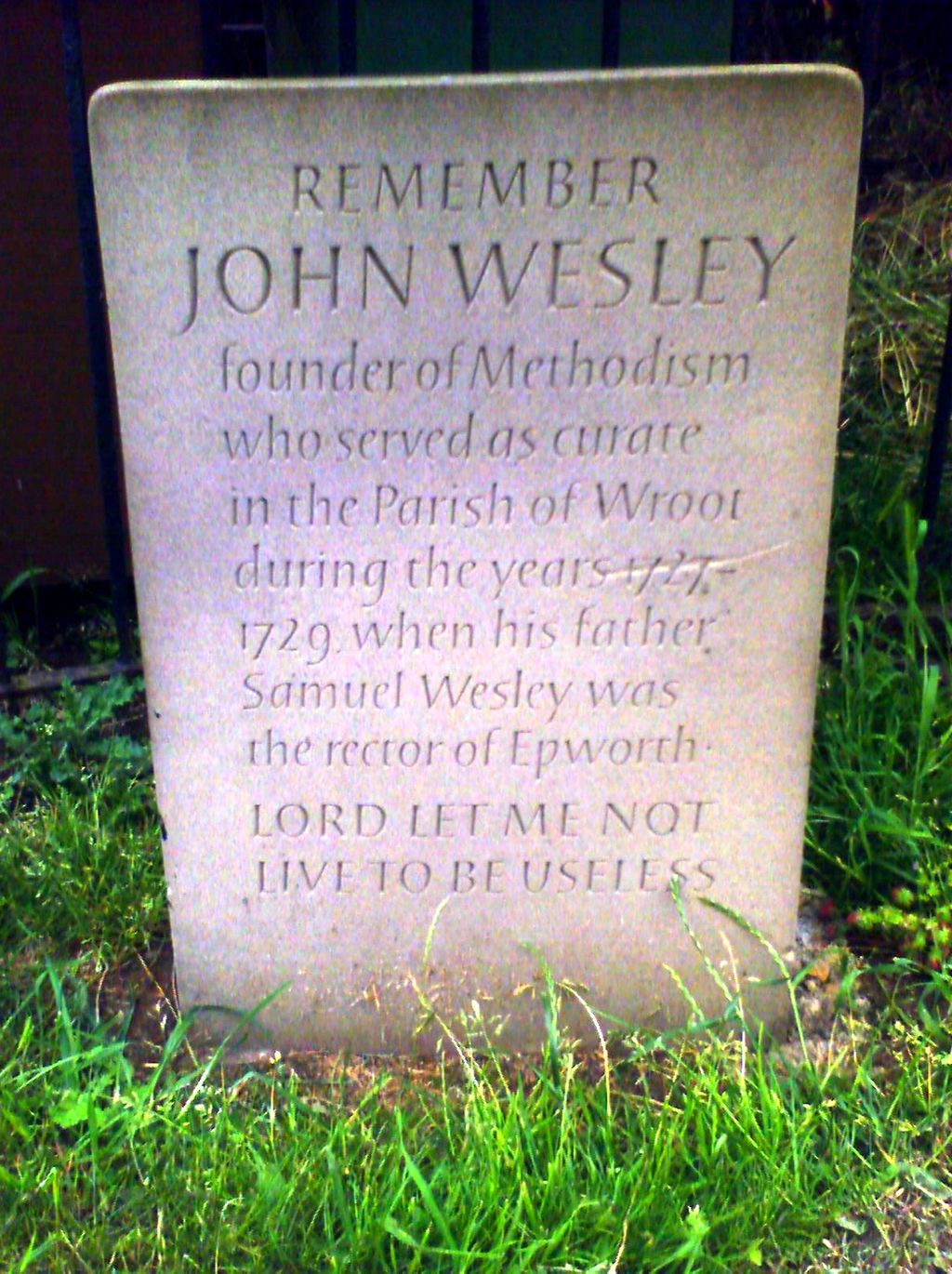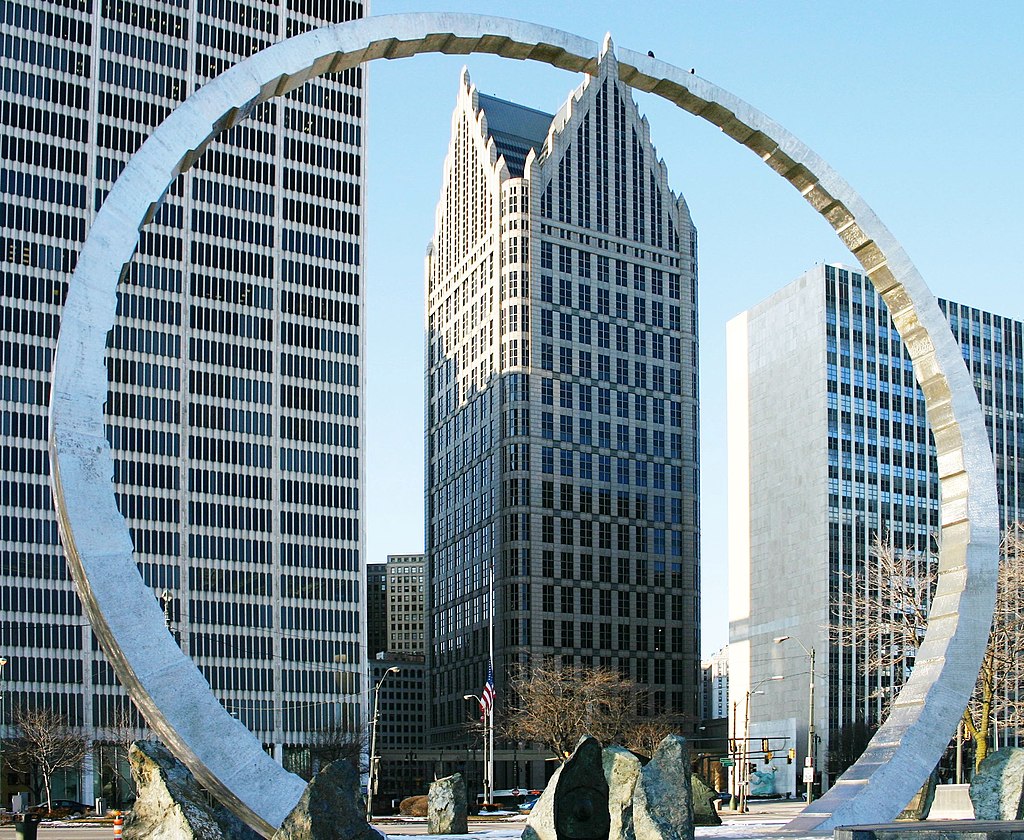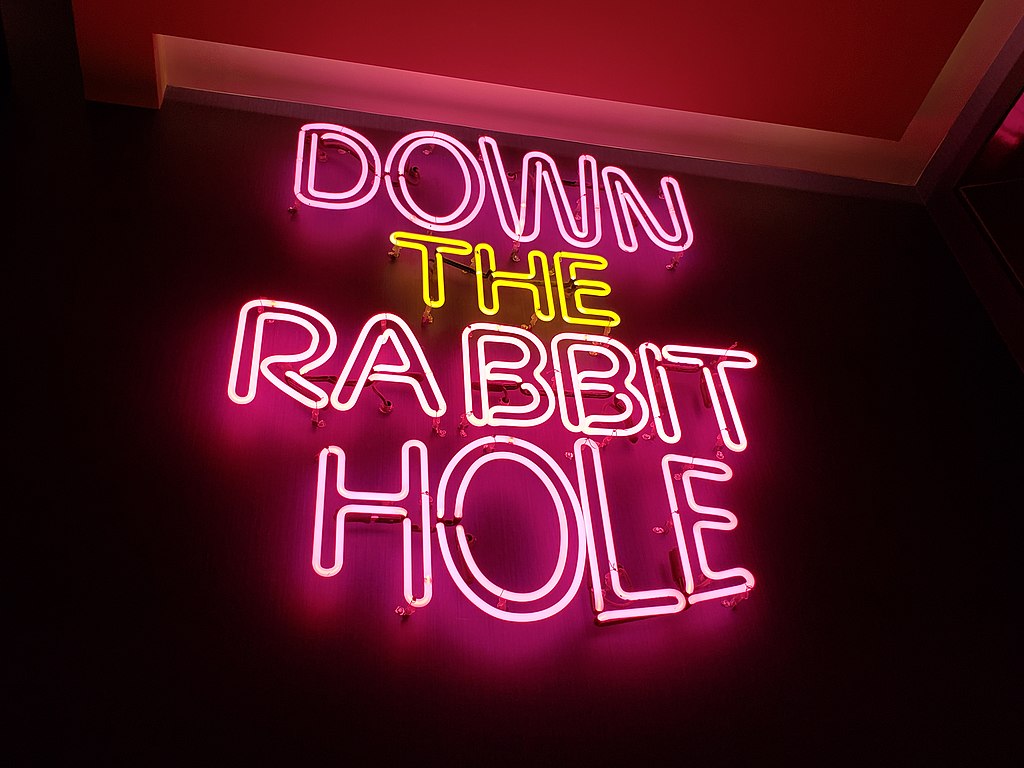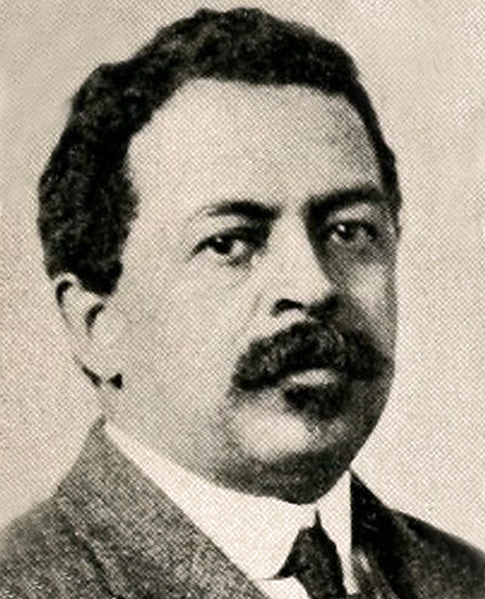It Takes a Village is a reminder of Democratic Party values – especially the values of long time Democrats whose lives have been dedicated to helping people.

Tuesdays in Mooseville – The Problem With Wine 1/28/20
Two weeks ago, after reading my explainer on the potential schism within the United Methodist Church, I was asked why Methodists use grape juice rather than wine at Communion. After all, Jesus turned water into […]








